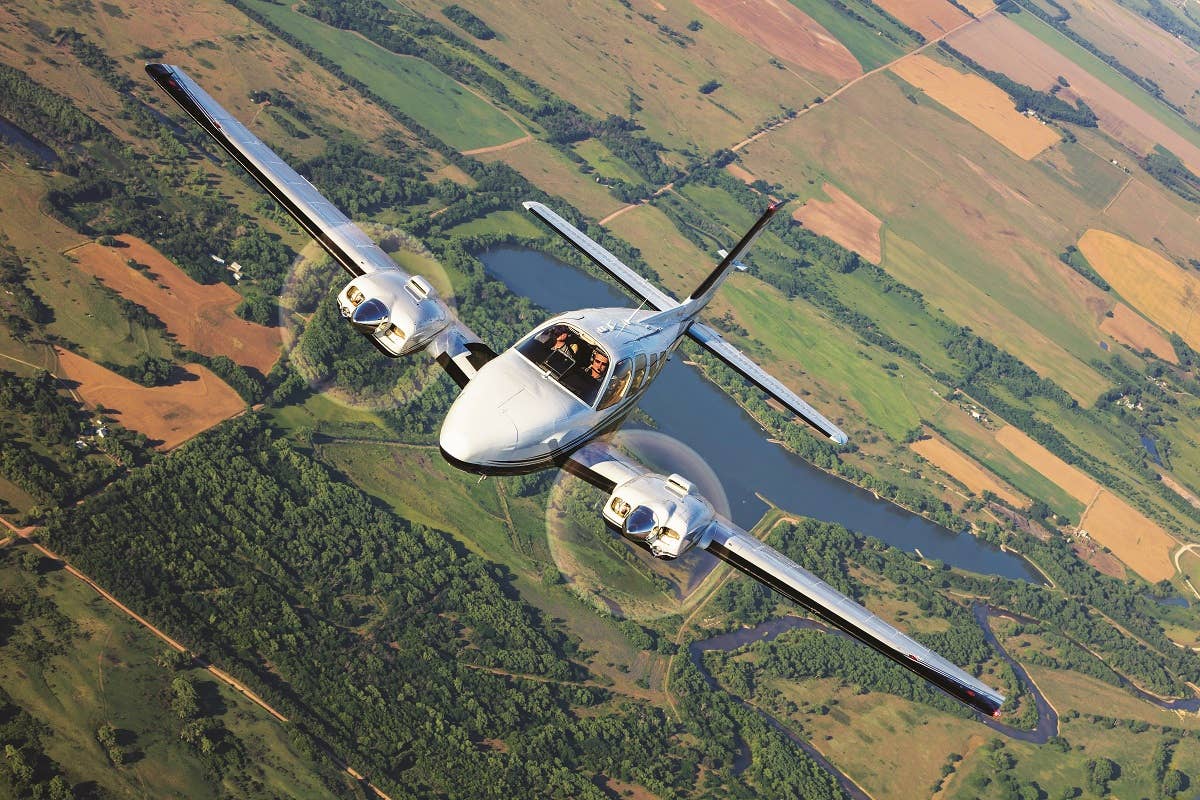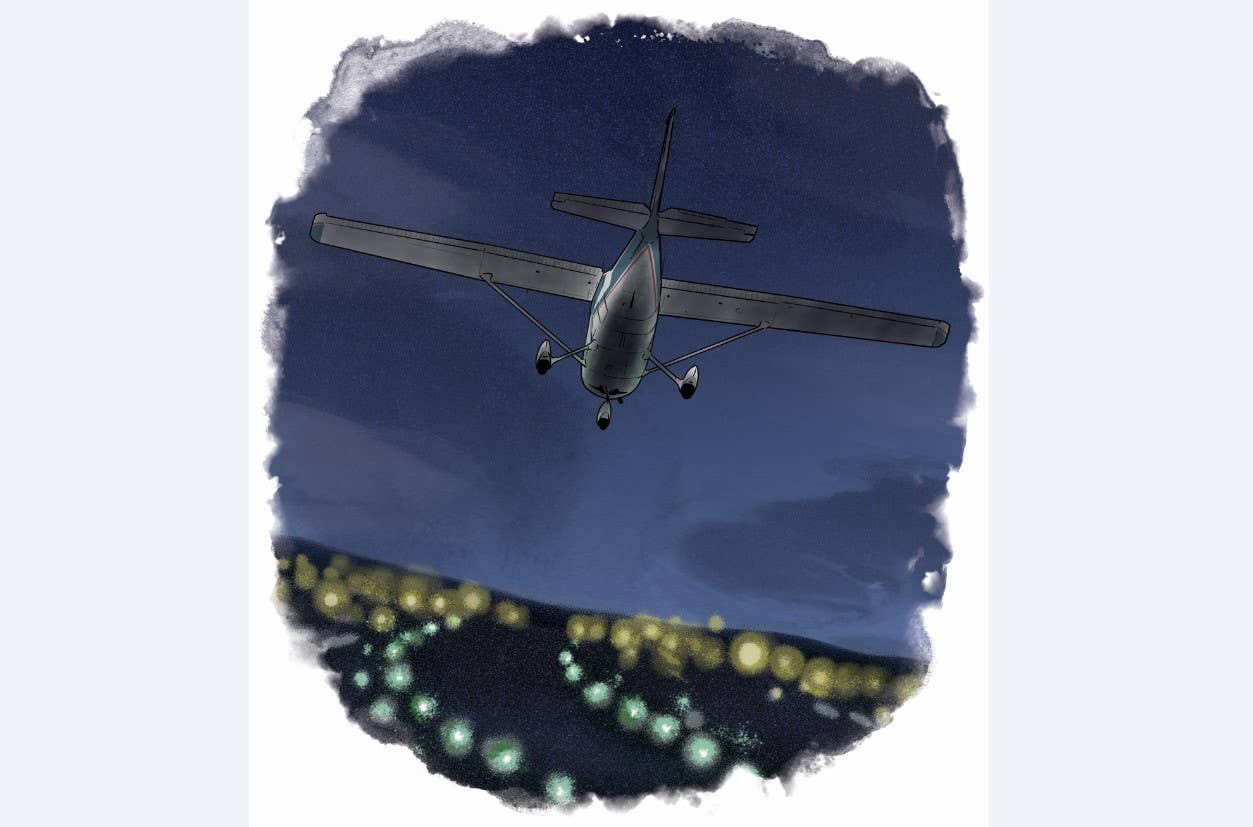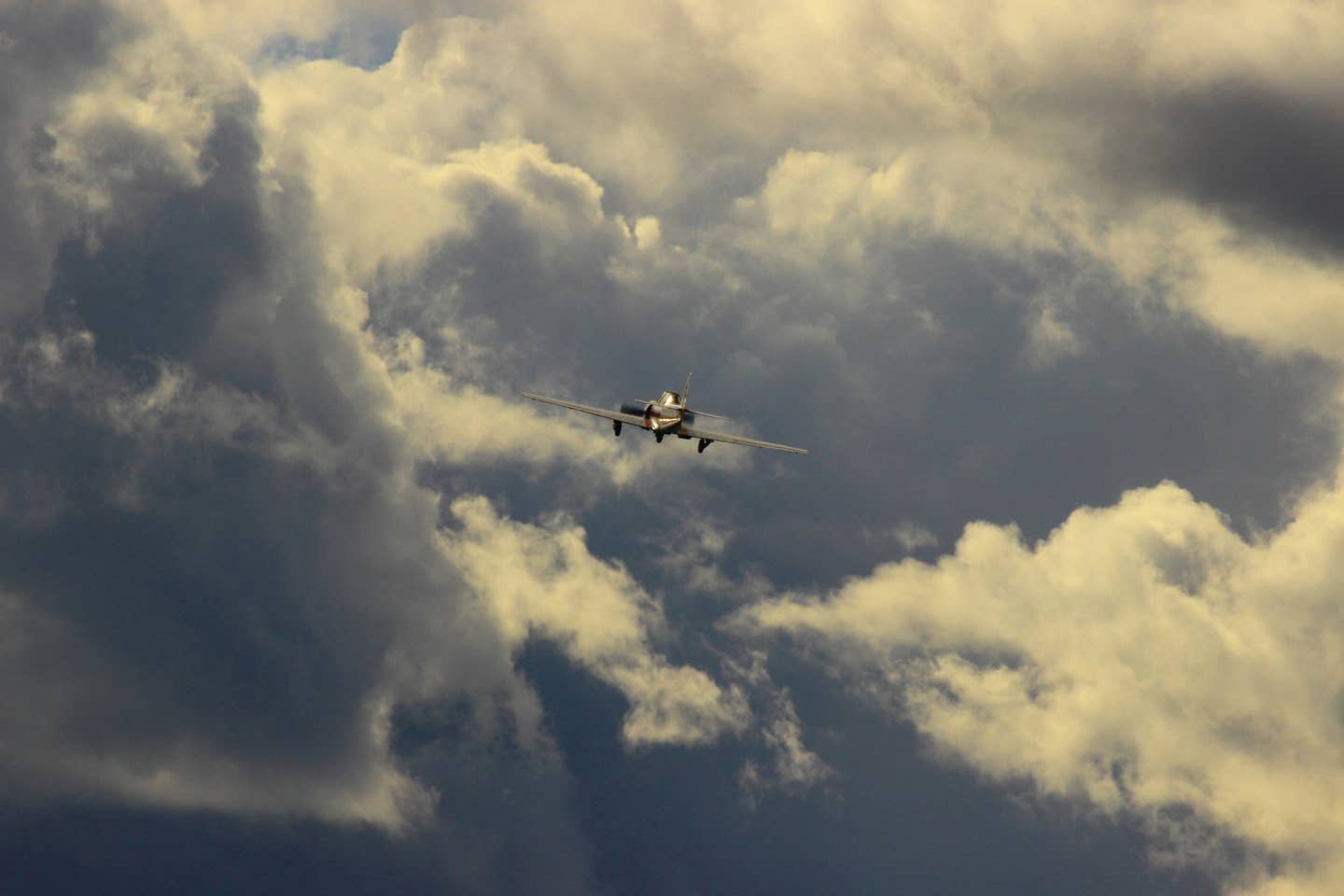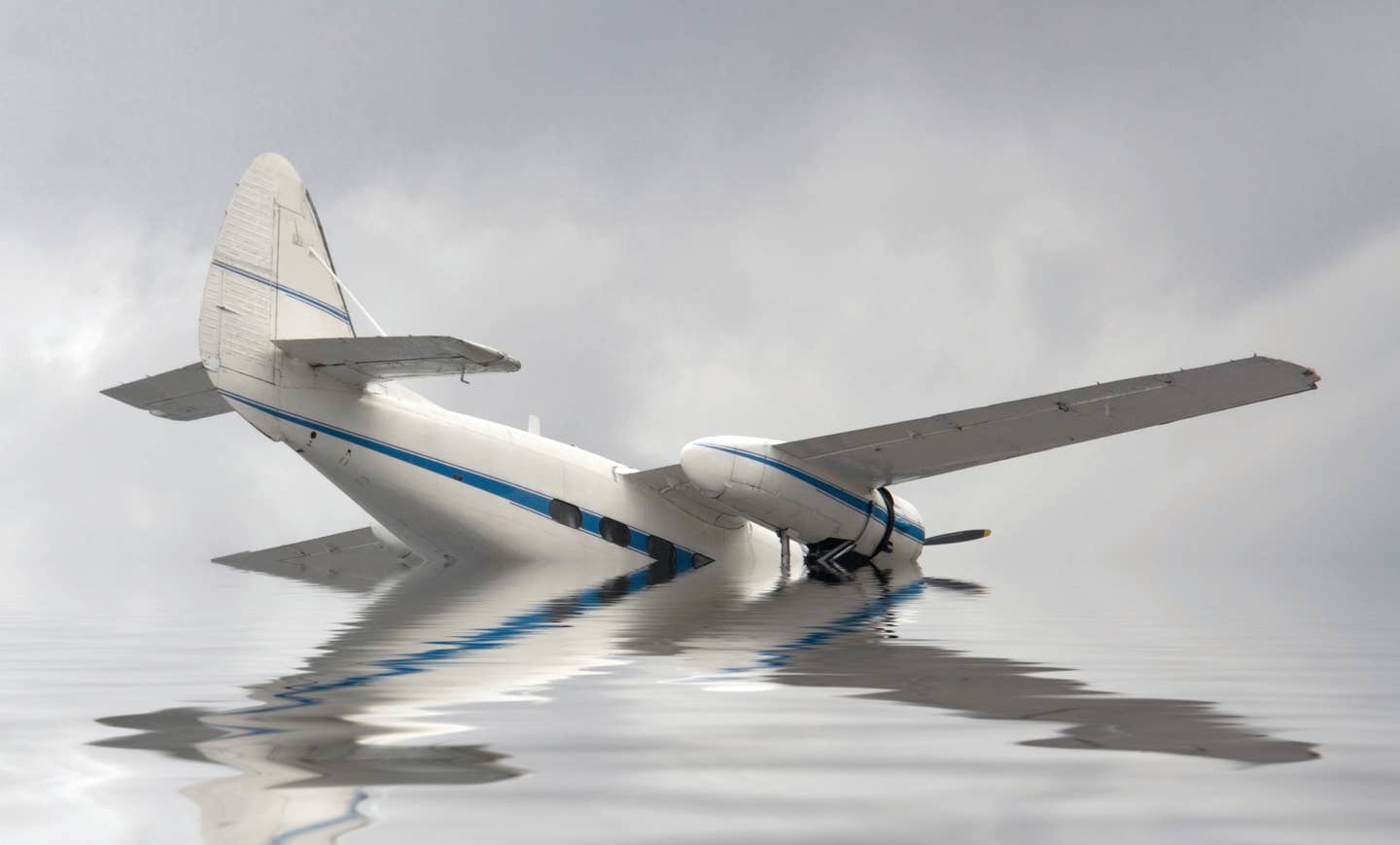
The Beechcraft
Baron is one of two models that came to mind when looking to downsize from the Citation CJ1. [Photo: Paul Bowen]
If you have been following the saga of older single-pilot jet pilots, you know the insurance industry has tightened the financial noose so as to make such exhilarating fun impractical. Such was the case that my wife, Cathy, and I were forced to sell our Cessna Citation CJ1, the jet that fit us like a familiar sports car.
This loss prompted an attenuated version of the five stages of grief. First off came denial. Surely there was an insurance company that wasn’t so rapacious—it just had to be discovered. Next came anger. Am I any less capable today than yesterday? Then bargaining: Can’t I take frequent check rides to assess competency? Luckily, we skipped the depression component and found ourselves washed up on the shores of acceptance.
If you're not already a subscriber, what are you waiting for? Subscribe today to get the issue as soon as it is released in either Print or Digital formats.
Subscribe NowI was helped in this phase by many longtime readers who sent remarkably warm and supportive messages of condolence. One, which came from a West Point grad and Cessna Citation M2 owner, was especially poignant and helped put it all in perspective. He wrote: “I read your article as soon as I had the plastic off the magazine. I imagine it was tough to sell the jet, for sure. But....and I am not trying to be glib, in the words of Dr. Seuss, ‘Be glad that you are sad.’ You would not feel the sadness and remorse if flying that plane hadn’t given you so many hours and years of satisfaction. We are incredibly fortunate people (who) have been blessed to be able to make enough money to care for our families and engage in this most spectacular of human endeavors. You are in a rarefied company to purchase any sort of personal airplane (let alone earn an ATP and own a jet.) You have enjoyed a helluva run.” I have tucked this wisdom into my back pocket, and I shall keep it.
Accepting that age has its benefits and penalties, I decided to use this “opportunity” to switch to BasicMed from my habit of medical Class 1 and 2. The process was straightforward, my doctor was helpful, and the Aircraft Owners and Pilots Association site provided a relevant course and quiz, which I passed.
Coming back down from a personal mountaintop of aviation, I found myself energized by things that exhilarated me on the way up. A twin-engine piston airplane is a remarkable beast in its own right. New avionics make the cockpit look more like a jet than the panels I remember from almost 30 years ago. The expense reduction for maintenance compared to operating a CJ1 will be welcome. There’s a bright side to this diminishment.
- READ MORE: OMG, Insurance!
Thus reconfigured, I sought to find an airplane that met BasicMed criteria of maximum takeoff weight (MTOW) of 6,000 pounds and no more than six seats (among other restrictions). Cessna 340s and Beechcraft Barons came to mind. The 340 is pressurized, and I have about 500 hours in them but almost all have been modified with vortex generators and engine upgrades, making their MTOW too high.
I contemplated finding one and removing the VGs but couldn’t get my brain focused to understand why I would willingly make an airplane less safe.
About this time, I fell under the spell of a high-powered consultant with an unusual pedigree: Embry-Riddle grad with a Ph.D. from Northwestern and now a partner in a highly regarded consulting company and, oh, by the way, a first officer at a regional airline on the side. This is definitely my kind of guy, and he could not stop praising the P-Baron—a pressurized version of the Model 58 introduced in 1976.
Most P-Barons have MTOW greater than 6,000 pounds, but there is a kit to make them BasicMed acceptable. Suddenly, I’m a Baron groupie. I am ghosting Beech Talk, an online aviation forum. The names of “Baron whisperers” started to be important. A good prebuy inspection and lots of Baron experience seemed like a good thing.
Barons built after the early 1980s have a different throttle quadrant location and may have electrical systems differences. Throttles on early ones are mounted up high, seemingly in the way of the engine instruments, but owners seem to love this nonstandard configuration (“When I put the power up, the instruments were right by my hands—perfect.”). I was skeptical.
Two later model P-Barons were advertised at high prices. Since I wanted to move quickly (Yes, you are right. I’m not getting any younger.), I rationalized the high asking prices. But both were under contract—one for months waiting for the electronic engine indication system (EIS) updating.
Then I found what I thought was going to be “the” airplane. With low time engines, new paint and props, reasonable avionics, and an attractive price, it was certainly appealing. I was on high alert. I asked Mike Naab of Double M Aviation in Lakeland, Florida (KLAL), to look at the logs.
The airplane was beautiful, but there had been hurricane damage. When I read, “the airplane was disassembled and transported for repairs,” I took a pause. When I learned about “...structural repairs to right wing, left wing, left aft fuselage, flaps...” I realized that this was complicated. I needed a Baron whisperer.
That high-powered consultant P-Baron enthusiast I was telling you about? He knew the “best” A&P from his ownership days. I sent him the 337’s summary sheet. He advised caution and just happened to mention one thing: He knew of an airplane coming up for sale, and it was one he had maintained, a 1984 model with great avionics and a strong pedigree.
I offered the asking price, and a prebuy in KLAL is scheduled for next week. I’ve been down the road of excitement before, so I’m trying to keep a lid on expectations. But hope springs eternal, even for pilots of advancing age. I’m feeling lucky.
This article first appeared in the August 2023/Issue 940 print edition of FLYING.

Subscribe to Our Newsletter
Get the latest FLYING stories delivered directly to your inbox







